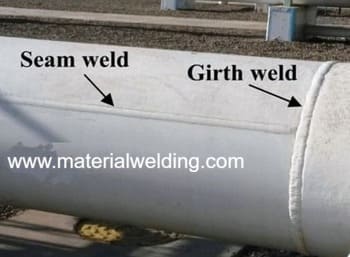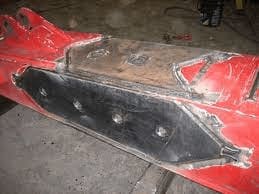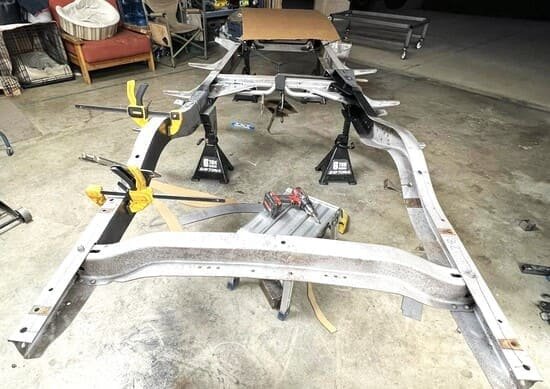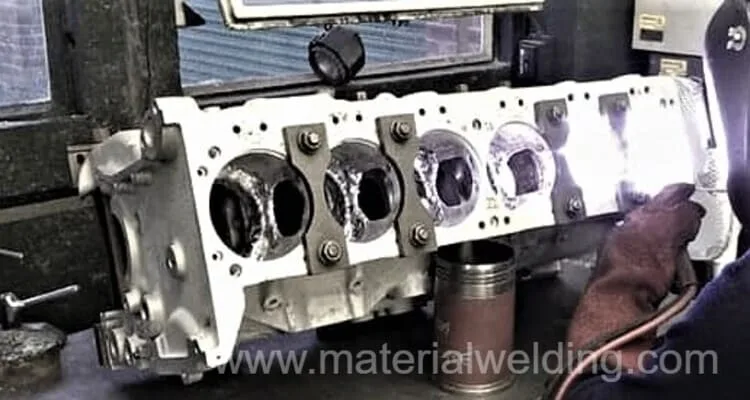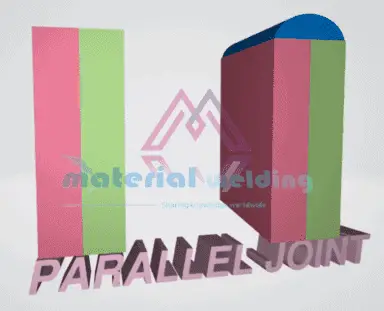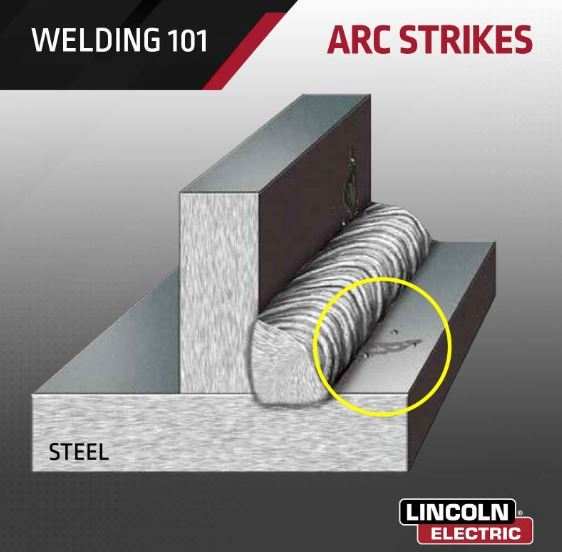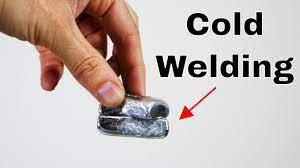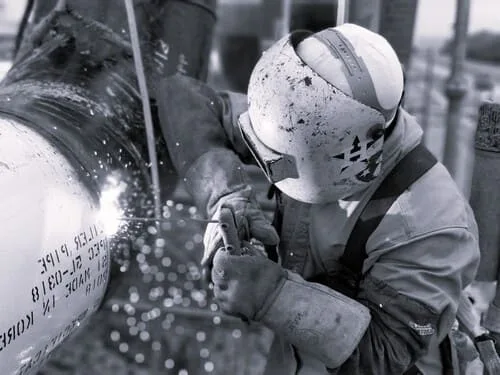What is Welding Repair?
Welding is a process of joining two pieces of metal together by melting and fusing them. It is a very important process in the manufacturing and construction industries, as it is used to create everything from bridges to cars to rockets.
However, welding can also be used to repair metals, components and other machine parts that have been damaged thus help to save lot of money.
Welding repair is a process that can be used to fix metal objects that have been damaged. In most cases, welding repair is done by welding a new piece of metal onto the damaged area or performing repair of defects such as crack.
Welding repair is a very important process, as it can be used to fix damage that would otherwise be irreparable. It is also a very versatile process, as it can be used on a variety of different materials.
Repair Welding: Why it needed?
Repair welding is a specialized area of welding that requires specific skills and knowledge about welding repair techniques.
Welders who specialize in repair welding are able to identify, assess and correct welding faults at ease compared to using a newbie welder.
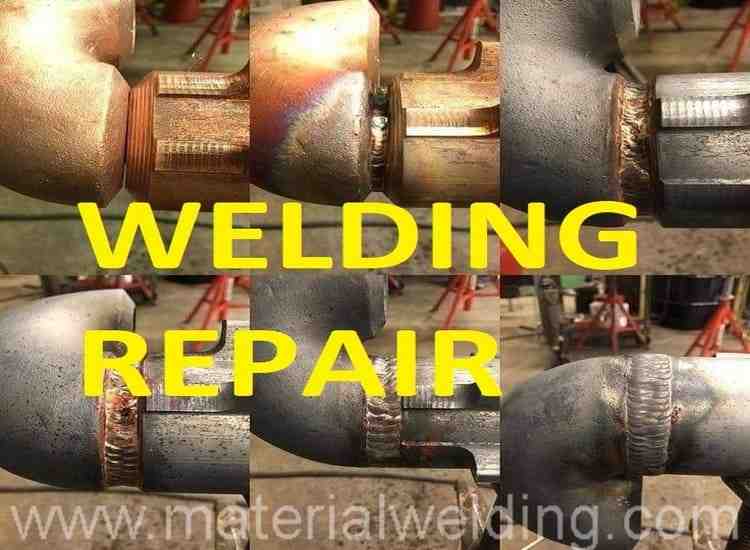
They use a variety of welding processes to repair metal parts & structures, including arc welding, TIG welding, and oxy-fuel welding as well as cutting processes such as gas cutting and plasma cutting.
Related Reading: Welding Electrode/ Filler wire/ Filler metal Selection Chart
Repair welders must have a thorough understanding of metallurgy in order to identify the cause of the weld failure.
They must be able to select the appropriate filler material and welding process to repair the damage. In some cases, they may need to use heat treatment or cold working techniques to restore the strength of the metal.
Related Reading: Base Metal Repair Procedure by Welding
Repair welders must have excellent manual dexterity and eye-hand coordination. They must be able to maintain a steady hand while working with small tools and equipment. They must also be able to work in confined spaces and uncomfortable positions.
Weld repair procedure: Steps
When it comes to repair welding, there are four main steps that you need to follow: preparation, welding, testing and documentation. Let’s take a closer look at each one.
1. Preparation is key when it comes to repair welding. You need to make sure that the area you’re working on is clean and free of any debris. You also need to select the right type of welding rod for the job.
Welder need to make sure that existing defect is completely removed. This is verified visually as well as using NDT methods.
Related reading: Types of Welding Defects & their remedies.
2. Welding is the next step in the process. This is where you’ll actually rectifying the defect to make it reusable by performing welding repair. It’s important to weld slowly and evenly to avoid any mistakes.
3. Testing is an important step in the repair welding process. Once you’ve completed the welding repair, you need to test the joint to make sure that defect is no present in the welded area. This can be done by applying NDT methods such as surface NDT- PT & MPI or Volumetric NDT such as- UT & RT.
4. Documentation is also very critical for repair welding. a Proper documentation help to trace the weld repair history and it also work as a guide for any future repair weld.
weld repair procedure carbon steel
Weld repair procedures for carbon steel vary depending on the size and location of the damage. However, there are some general steps that should be followed in all cases.
First, the area around the damage must be cleaned and prepared. This may involve removing rust or other debris, as well as grinding down the damaged area to create a smooth surface and removing any existing defects such as porosity or cracks.
Next, a welder will need to be set up with the proper equipment and supplies. The welder will then create a weld bead on the damaged area, using filler material if necessary.
Finally, the weld bead should be inspected for any defects. If everything looks good, the repair is complete! If not, further welding may be required to fix the problem.
How Many Times Can A Weld Be Repaired?
The number of times a weld can be repaired depends on a variety of factors, including the type of welding, the size and location of the repair, and the quality of the repair.
In general, the best practice is to avoid multiple repairs, as each repair can weaken the weld and increase the risk of failure.
For example, in some cases, welding codes such as AWS D1.1 limit the number of repairs that can be made to a weld, and the quality and acceptance criteria for the repair will be more stringent.
The American Petroleum Institute (API) 1104, states that a repair shall be limited to a single occurrence of a defect. And that, the repaired area shall be subjected to the same examination and testing as the original weld.
In practice, the best way to avoid multiple repairs is to conduct proper welding procedures and quality control, including proper joint preparation, correct welding techniques, and proper welding consumables.
This will help to ensure that the weld is strong and free of defects. Additionally, proper inspection and maintenance can help to identify and address any issues with a weld before they require repair.
It is worth noting that, depending on the severity of the repair, the area that has been repaired may not have the same properties as the original weld and thus, it may affect the integrity of the structure.
For Cr-Mo steels, welding repairs are limited to maximum of 2 times.
Types Of Weld Repairs
There are several types of weld repairs that can be performed, depending on the type of welding, the location of the repair, and the cause of the defect.
Some common types of weld repairs include:
- Surface repair: This type of repair is used to remove surface defects such as slag inclusions, porosity, or undercut. Surface repairs can be performed using grinding, chipping, or other surface preparation techniques.
- Filling repair: This type of repair is used to fill in defects such as cracks, porosity, or lack of fusion. Filling repairs can be performed using welding, brazing, or other filling methods.
- Rework: This type of repair is used to correct defects such as misalignment, excess weld metal, or poor penetration. Rework can be performed using grinding, chipping, or other removal methods.
- Rematch repair: This type of repair is used to restore the original contour of a weld that has been ground down or removed. Rematch repairs can be performed using welding, brazing, or other filling methods.
- Grinding repair: This type of repair is used to remove surface defects such as slag inclusions, porosity, or undercut. Grinding repairs can be performed using an angle grinder or other grinding tools
- Stitch welding: This type of repair is used to repair long cracks by welding multiple small weld beads along the crack.
Welding Repair Operations
The steps for welding repair can vary depending on the type of repair and the specific code or standard that the repair must meet, but in general, the steps for welding repair include:
- Inspection: The first step in welding repair is to inspect the weld and identify the specific defect or problem that needs to be repaired.
- Preparing the repair area: Once the defect has been identified, the next step is to prepare the repair area. This may include removing any surface contaminants, grinding or cutting away any damaged material, or making any necessary adjustments to the parts to be welded.
- Repair: After the repair area has been prepared, the repair can be made. This may include welding, brazing, or other filling methods.
- Post-repair inspection: After the repair has been made, the repair should be inspected to ensure it meets the required acceptance criteria. This may include visual inspection, radiographic inspection, ultrasonic inspection, or other testing methods.
- Cleaning: Once the repair has been inspected and approved, the repair area should be cleaned to remove any debris, slag, or other contaminants that may have accumulated during the repair process.
- Final inspection: After cleaning, the repair should be inspected one more time to ensure that the repair meets the required acceptance criteria and that the repair area is clean.
